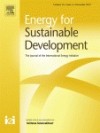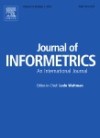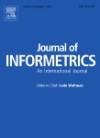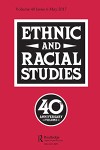Galvez C. & Moya-Anegon F. (2012) A dictionary-based approach to normalizing gene names in one domain of knowledge from the biomedical literature. Journal of Documentation 68(1): 5-30
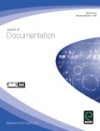
Abstract
Purpose
Gene term variation is a shortcoming in text‐mining applications based on biomedical literature‐based knowledge discovery. The purpose of this paper is to propose a technique for normalizing gene names in biomedical literature.



